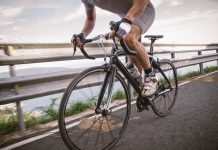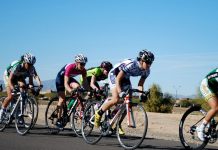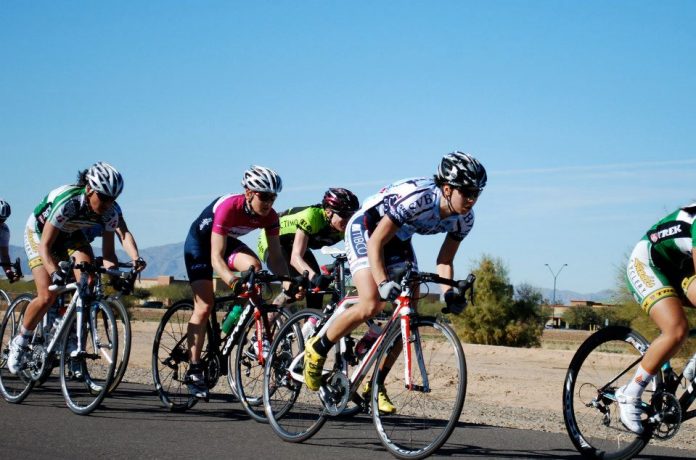Many recreational cyclists often believe spinning their pedals faster is equivalent to them cycling faster. But research shows that when non-professional cyclists pedal with a high cadence, they ride less efficiently and may end up tiring themselves out.
Do you remember the Lance era? When Armstrong famously spun in excess of 90 revolutions per minute (rpm) like a centrifuge to drop his arch nemesis Jan Ulrich, who by comparison pedaled like a potato masher. Hence, many new cyclists and recreational riders are often stuck on the idea of ‘high cadence is the best cadence’. In fact, it may just tire you out in the long run.
So, what actually is a good cadence for cycling and how can you use pedaling drills to become more efficient?
What Is Cadence In Cycling?
Cycling cadence is the speed at which you turn the pedals, also known as RPM (Revolutions Per Minute). On most fixed-gear bikes, cadence increases proportionally with speed, so the faster you go the faster you pedal, but with geared bikes it allows you to maintain a constant cadence by shifting as your speed and resistance change.
Cycling cadence varies from rider to rider and in different situations. For instance, a beginner cyclist often pedals slowly around 60-85 rpm, for a professional cyclist it can average around 95-110 rpm, and a good cadence in cycling is between 80-100 rpm.
Moreover, with different cadences, it may need different physiological demands on the body. Low cadences require more force to be exerted in each pedal stroke, which means more energy and pressure on the body. While, a higher cadence involves lesser force per pedal stroke, shifting the load to the cardiovascular system.
Should I Train At Different Cadences?
The answer is Yes! In fact, it is inevitable to encounter situations requiring cadence changes. Especially riding on our Malaysia roads, such as steep climbs too hard accelerations out of corners.
Thus, training at different cadences is good for you to be ready for all situations. Cadence drills also improve the quality and efficiency of your pedal stroke overall.
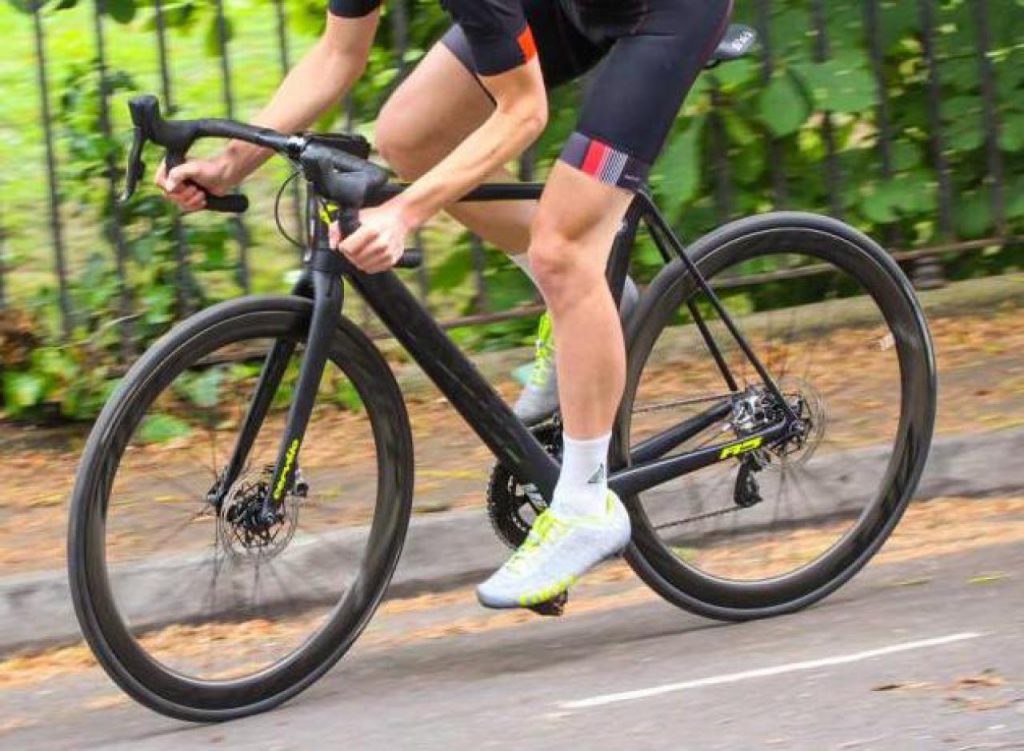
Image via : Road.cc
How Can I Improve My Cadence?
Incorporate cadence drills into your workout to rehearse movement patterns and develop efficiency. So here are some drills you can try on your next workout.
1. Endurance Spinning: This drill is perfect for raising your natural, self-selected cadence. As you continue riding, increase your cadence gradually to 3-5rpm and hold for a couple of minutes. Once you complete the drill, pedal normally for a few minutes and repeat again.
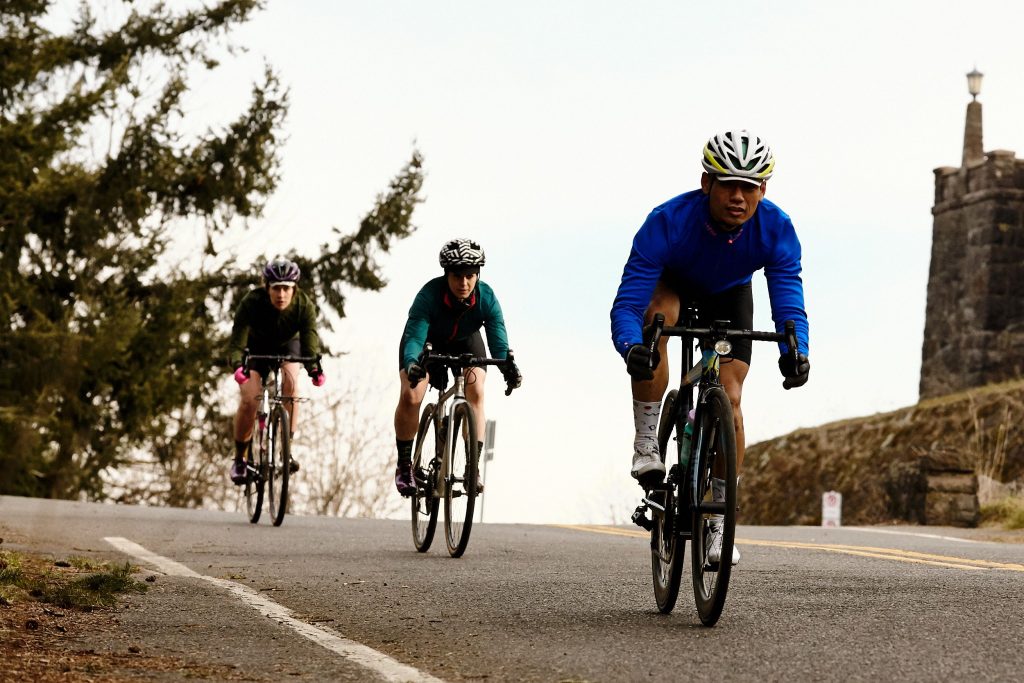
Image via : Bicycling
2. Single-Leg Focus: The focus of this drill is to develop your ability to power through the entire pedal stroke and it is best to complete on the trainer. For 90 seconds, devote all your attention to one leg and lightly pull your foot across the bottom, lightly lifting your knee upward, then softly kicking over the top. Pedal for a minute then switches to the other leg.
3. Kick and Pull: It focuses on your ability to maintain tension through the weakest portions of the pedal stroke, the top, and bottom quadrants. For example, as your knee approaches the top-dead-center, lightly kick your toes into the fronts of your shoes, and as your feet approach the bottom-dead-center, lightly pull your heels into the back of your shoes. Hence, the drill is called Kick and Pull.
For more information please scan me (QRCode).
 For further inquiry please contact us: Max 012-2969969, Christine 012-3590048 or YG 016-2020911.
For further inquiry please contact us: Max 012-2969969, Christine 012-3590048 or YG 016-2020911.











































